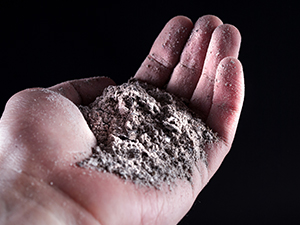
How Does Sand Get Under Carpet?
A bit of sand is inevitable, but too much of it can cause premature carpet wear. How does this happen? Is there any way to minimize the problem? Read this article to learn more.

A bit of sand is inevitable, but too much of it can cause premature carpet wear. How does this happen? Is there any way to minimize the problem? Read this article to learn more.

There are many products on the market today that people commonly use on carpet, from deodorizers and powders to stain sprays, protectants, and antistatic treatments. Some of these products may adversely affect carpeting. Here are some tips for avoiding carpet damage or premature wear.

Dyes are found in many foods, drinks, and other items, such as magic markers, health and beauty products, cleaning solutions, and decorative items. Here are our PRO tips for getting dye stains out of carpet.
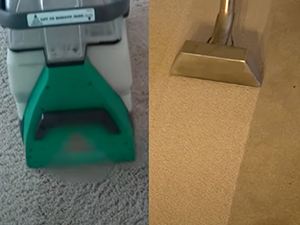
Before you make the mistake of renting a carpet cleaning machine to save a few bucks, read on to learn why DIY machines may not be a good choice. DIY machines are heavy, awkward and messy. But more importantly they are not as effective as professional carpet cleaning and using them could result in problems.
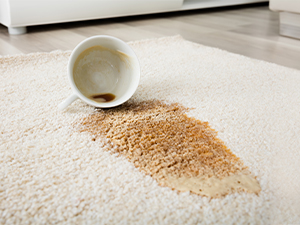
Sometimes spot removal, especially if you are removing several spots at once, gives carpeting an inconsistent appearance. Here are the details about what causes this problem and what you can do about it in the future.
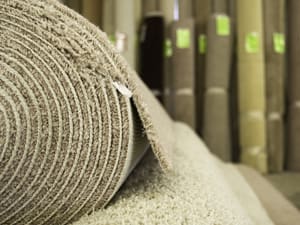
Chances are you have heard the well-intended but ill-advised suggestion to choose carpeting that hides dirt so there will be less vacuuming and professional cleaning required. This article explains why this is bad and potentially costly advice.
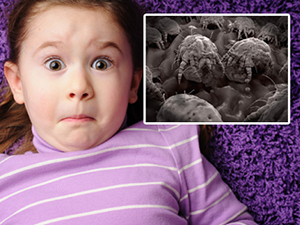
Dust mites can be found in virtually any home. Learn about the symptoms their allergens cause and how to reduce their numbers in your home.
Fresh, Clean Carpets The cleanliness of your carpet or other flooring makes an impact on the health and overall appearance of your property. We also
Oriental rugs are known for their unique beauty, and having them properly cleaned is essential for keeping their appearance bright and to save them from premature wear. Because each rug is often one-of-a-kind, it takes the professional discernment that Santa Fe Floor Care has to prescribe the best cleaning method for your rug and to provide the greatest care, with heightened awareness toward hidden challenges that some rugs may present.
Many textiles that you purchase come pretreated with fabric and fiber protection, but abrasion from regular usage and vacuuming eventually wears this protection away. Improper cleaning solutions or cleaning methods may also accelerate this process. To extend the life of your fine surfaces, Santa Fe Floor Care can reapply high-quality, professional-grade fabric and fiber protectors.
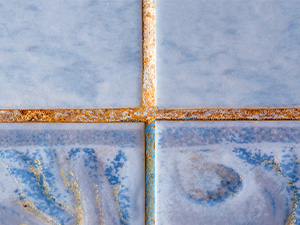
Discolored and damaged grout in your shower makes it look awful. Good news! You don’t have to live with it.
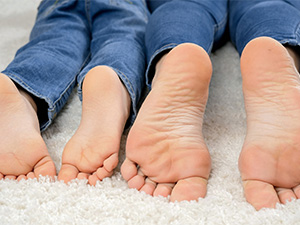
The good news is, there is a fix for stiff carpet: A thorough deep cleaning by a professional is the
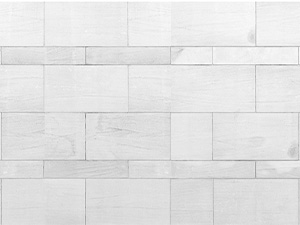
The darkening of marble can be attributed to many factors, including staining, environmental pollutants, natural aging, and inappropriate cleaning methods.
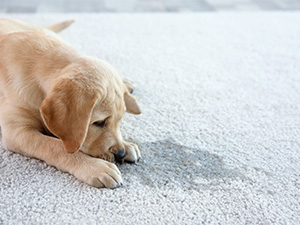
Unfortunately, our pets can’t talk to us and tell us what they need. So, sometimes, accidents occur.

By taking these precautions, you can use your surfaces for years to come, without compromising the beauty and longevity of
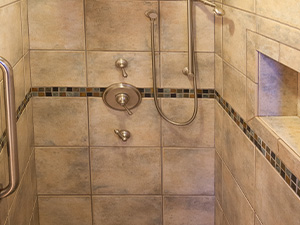
We received a question recently asking for tips for maintaining a travertine shower. Here are 7 tips plus an important